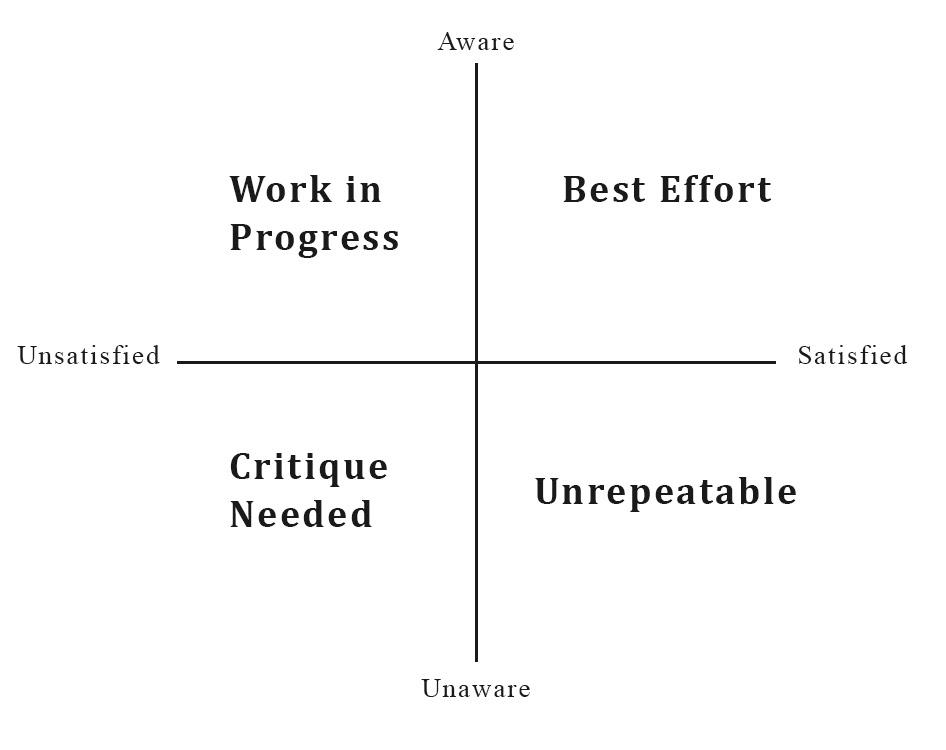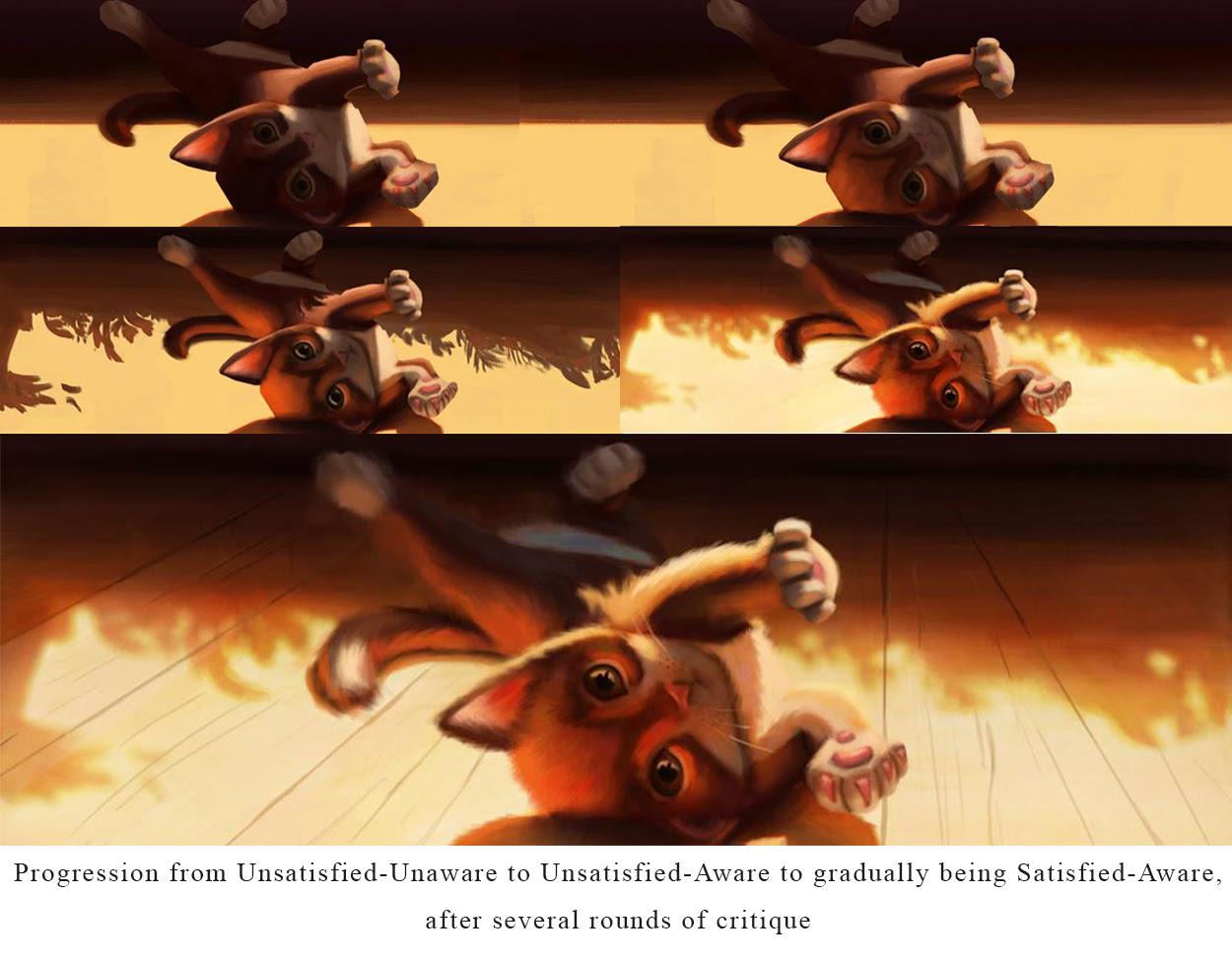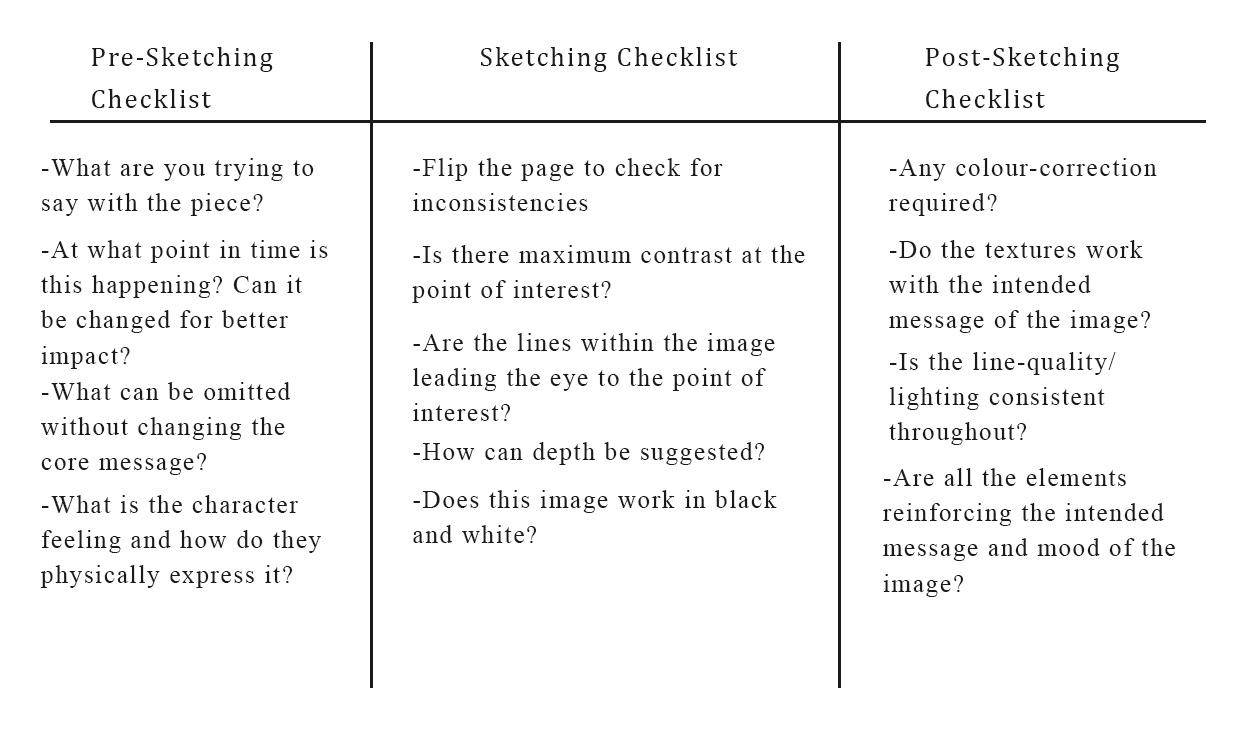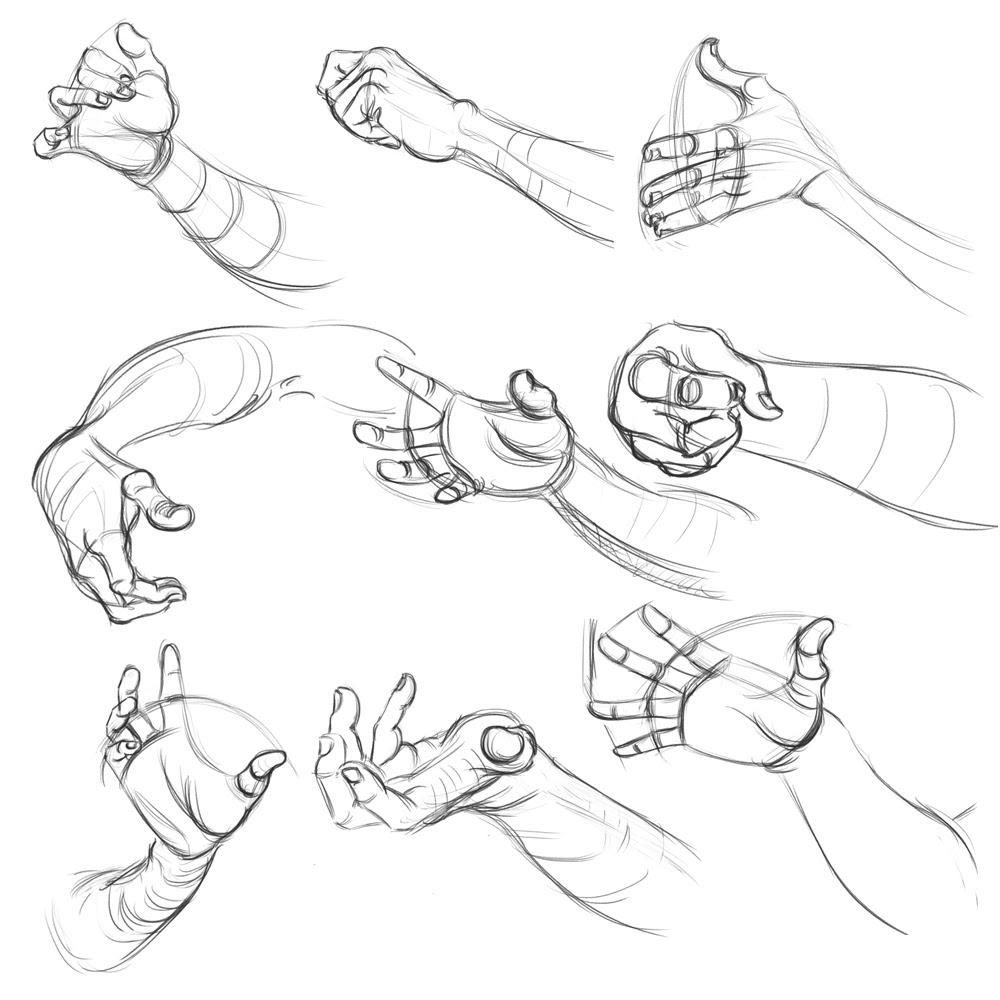Back in June, I asked if any Third Something readers would like to write a letter to be published here (#78). I want to share this small platform with other artists, amplify new voices and make sure you’re not reading one dude’s perspective all the time.
Today, I’m thrilled to introduce a summer program of guest writers!
Throughout August, you’ll receive letters from a screenwriter, an illustrator and graphic novelist, all from different corners of the world; and perhaps one or two more.
Kicking us off is Ramya Hegde, a character designer and artist in Mumbai, and a long-time Third Something reader. Ramya is an engineer by training who decided to teach herself art from scratch five years ago.
She runs a YouTube channel, Mission Mastery, which is a goldmine of practical advice on improving technique.
I think you’ll find her words really useful after last week’s letter on intentional practice; she takes her game to the next level.
Now, over to Ramya!
How to get feedback that makes you a better artist
In June 2015, when I started my journey as a self-guided artist, I promised to educate myself as holistically as I would have been, had I attended a good art school.
That meant self-imposed assignments, projects, daily drills to improve my weaknesses, and most importantly, critique from peers and teachers.
Finding random one-liner criticisms and generic suggestions online was easy. However, finding credible artists who could give me a tailored, detailed critique was not.
What was even more difficult was combining different critiques into a coherent system that I can use to improve my work.
And in this letter, I’d like to share a few insights I’ve gained while attempting to create such a system.

Deciding whether or not to get critique on your work depends on two parameters:
-
Your satisfaction in getting your work closer to your vision
-
Awareness of what’s working and how to fix what’s not.
I have found that most of the critique-related action happens on the left side of the graph (above). I look for critique when I’m both unsatisfied with my work and don’t know how to fix it.
Putting in the effort to fix it pushes me up to the top left quadrant.
If I encounter fresh challenges, I move back to taking critique. This oscillation continues until I can slowly slide towards the top right quadrant. Being in the bottom right quadrant is rare and blissful, but if I want to reproduce those results, then knowing how I got them is essential.

From whom do I take it
My critiquers usually fall in the following three buckets. Let’s say I’m asking about drawing better character designs:
-
To a Non-practitioner of my craft: I ask for a more abstract, impressionistic critique. (What kind of a mood do you feel with this? What do you think the message is?)
-
To a Practitioner of my craft, from a different field of expertise: I ask them leading questions to get a novel perspective on my work. To a storyboard artist, I might ask, What can I include in the character design sheets that will make the storyboarding process easier during a production?
-
To a Practitioner of my craft, specialising in my field of expertise: I can ask pointed, technical questions (How can I improve the acting in my characters? How can I get better at shape language?)

Where to look to find critiques
There are a few places to find fellow artists at all levels.
-
Taking courses online and offline. If you’re part of a larger classroom, then it’s easy to find like-minded people. While doing self-paced online courses, there’s usually an accompanying forum where students can post their work. Posting in those forums can attract some general critique.
-
Entering a contest or challenge posted by professional artists, on Youtube or Instagram. People following those hashtags or posting there have similar goals and are willing to give solid critiques. People of similar skillsets who regularly enter those challenges might be good candidates for a potential peer group.
-
Directly reaching out to pros on social media. I think of these more like “checkpoint critiques” to see whether I’m on the right path and course-correct if needed, rather than regular critiques that I get from peers. And honestly, I have found some fantastic mentors this way too.
What do you do with it
I’ve found that one of the best ways to milk a critique beyond the particular piece of artwork is to assimilate it into the systems that I have created.
I categorise the feedback into pre-sketching, sketching, post-sketching checklists, similar to the one below. I can then whip them out every time I start a new illustration.

When there’s a recurring theme for a critique from several people, like drawing more expressive hands or exaggerating gestures, I incorporate it by doing weekly drills.
I know those drills are paying off when those critiques gradually make way for better, more nuanced ones.

Another, more enjoyable, way to do those drills is to deconstruct and recreate the works of my favourite artists.
This process gives me insights about how that particular artist dealt with the concept and lends a lot more clarity about how I can execute the critique in my own work.

I hope this gives you ideas to try out in your own work. Good luck!
Ramya, thank you so much for this detailed letter.
I am inspired seeing a fellow ‘second-career artist’ who is taking this process of improvement so seriously. I only hope I can draw hands as well as you one day!
Until another Sunday soon,
